Shaping Amherst responders’ role: CRESS chief emphasizes ‘community’
| Published: 05-16-2024 4:45 PM |
AMHERST — One-on-one attention for a resident with hoarding issues was recently offered by members of the Community Responders for Equity, Safety and Service department to illustrate the focus they can bring for someone experiencing a crisis.
“We can sit down and be with individuals for a period of time,” says Camille Theriaque, the director of the CRESS Department.
Speaking at a recent Cuppa Joe event, where Town Manager Paul Bockelman and another municipal leader from the community chat weekly with the public in an informal setting, Theriaque said that traditional public safety officials have an objective to get in and out of situations, addressing problems quickly, but often can’t give comprehensive attention to people who might need it.
“The difference is CRESS has more time to deal with a person and can be more proactive,” Theriaque said. “This is much more person-centric and meeting people where they are.”
Theriaque acknowledges there has been a huge learning curve in succeeding Earl Miller, the initial leader of the department who resigned last October. CRESS had been led on an interim basis by Police Sgt. Janet Griffin; Fire Chief Tim Nelson; Diversity, Equity and Inclusion Director Pamela Nolan Young; and Kat Newman, the CRESS program assistant.
Part of that learning curve is determining exactly what responsibilities CRESS will have and figuring out exactly who they will serve. In recent months, responders have completed lunch duty at the middle school, worked the polls on election day and ensured civility at public meetings. They’ve also offered assistance for patrons at the Jones Library and guests at the Amherst Survival Center.
Theriaque brings experience serving the public as a former Holyoke firefighter and expertise as a licensed clinical social worker, observing that she feels aspects of her life have culminated in her arrival in Amherst.
There are two things the public should understand about CRESS, Theriaque said.
Article continues after...
Yesterday's Most Read Articles
 Nearly all of South Hadley High’s student body holds ‘walkout to walk-in’ rally to oppose cuts, call for funding reform
Nearly all of South Hadley High’s student body holds ‘walkout to walk-in’ rally to oppose cuts, call for funding reform
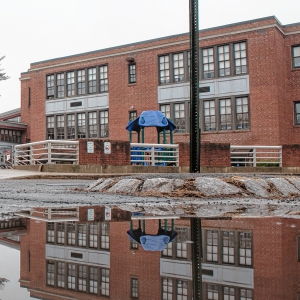 Northampton schools probe staff response to student’s unfulfilled IEP
Northampton schools probe staff response to student’s unfulfilled IEP
 Amherst’s Ryan Leonard makes NHL debut for Washington Capitals in 4-3 win over Bruins in Boston
Amherst’s Ryan Leonard makes NHL debut for Washington Capitals in 4-3 win over Bruins in Boston
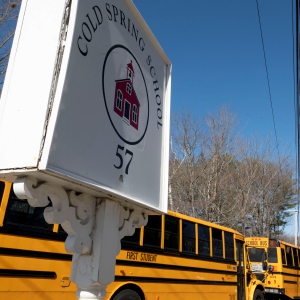 Belchertown voters to decide on $3.3M override for schools, town, capital projects
Belchertown voters to decide on $3.3M override for schools, town, capital projects
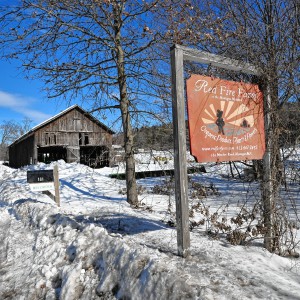 Four Red Fire Farm workers arrested as part of ICE operation in Springfield
Four Red Fire Farm workers arrested as part of ICE operation in Springfield
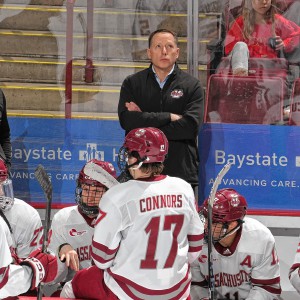 UMass hockey: Carvel reflects on Minutemen’s successful 2024-25 season
UMass hockey: Carvel reflects on Minutemen’s successful 2024-25 season
The first is that the gray polo shirts and jackets that the CRESS responders wear is an illustration of how they operate in the gray area of public safety.
The second is how she will emphasize “community” in the department’s name, demonstrated by the regular visits the responders make to municipal locations such as Puffer’s Pond and town and library buildings, appreciating that they can be called to help people out.
“That is our goal, to be there when someone’s having a difficult situation,” Theriaque said.
The CRESS department has eight full-time responders, a director, and an implementation manager. The department receives approximately $641,000 in funding from the town, according to budget figures.
The department’s four two-person teams of responders began heading out to assist people in September 2022, three months after they were sworn in. CRESS was created out of recommendations from the Community Safety Working Group, a panel formed by the Town Council following the murder of George Floyd in Minneapolis in 2020, to address racial inequities in policing and to serve as an alternative to police responses in certain situations. It is also guided by a November 2021 report completed by the Law Enforcement Action Partnership, a national reform group made up of former criminal justice professionals including judges and police officers.
Since emergency dispatching of the department began on Dec. 18, CRESS has seldom been called upon, according to an analysis by the Community Safety and Social Justice Committee, with just three calls sent their way through March 4. But the department has been constrained to six types of calls, based on the current computer-aided dispatching system: well-being checks, mental health calls, assisting businesses or agencies, assisting citizens, administrative work, and follow-up.
This means that when neighborhood disturbances and noise complaints come into emergency dispatch, CRESS responders can’t go to those incidents.
The Community Safety and Social Justice Committee has pushed to have the responders directed to these calls. Theriaque said that legally they can’t, and disputed the notion that the work the department is doing can be quantified by examining emergency dispatch logs and call volume.
The official CRESS mission is to “fill the ever-present gaps in the town, to serve as community builders connecting people to services and resources. We are an unarmed public safety department that supports the Amherst community, rooted in trauma-informed and anti-racist frameworks.”
Meanwhile, the Harvard Kennedy School Government Performance Lab’s Alternative 911 Emergency Response Implementation is evaluating CRESS and creating standard operating procedures for being dispatched, primarily to incidents involving wellness checks and mental health.
Theriaque said she doesn’t expect that dispatchers would provide more calls to CRESS, and her encouragement will be for people who want service from CRESS, which is currently available mostly on weekdays, to get in touch with the office. “We actively are telling people to call us directly,” Theriaque said.
CRESS currently is on duty weekdays from 8 a.m. to 4 p.m. and Saturdays from 10 a.m. to 6 p.m.
A brochure is being handed out explaining the mission and what the department offers and a resource guide about local and regional options, which is constantly expanding so people can better understand what is available.
Outreach by department personnel also happens at events like the Asian American Pacific Islander Heritage Festival, Race Amity Day and Youth Heroes awards in June, along with regular events like the Amherst Farmers Market on Saturdays throughout the spring, summer and fall. It’s about constantly going where people are, Theriaque said.
While some of the department’s efforts have been disparaged, such as responders’ being assigned to “lunch duty” at the middle school, Theriaque said, this is actively engaging students and teachers and mitigating problem issues such as bullying and deescalating situations, and being present as a support system.
The value in such service, she said, is students “knowing they have a friend and an ally in the community they can go to.”
Theriaque sees a lot of potential working with youths and teens, such as the Ross Initiative in Sports for Equality, or RISE, program, aimed at middle schoolers; and the Morning Movement, a program at the regional schools with also involves police officers. For both, it’s about students and getting to know them as people, rather than in their official capacities. “It’s a really positive thing to do,” Theriaque said.
Bockelman continues to call CRESS a work in progress that will take time to build, but wants continued feedback from residents. “It’s really about what the community wants,” Bockelman said.
While Amherst can be a place where people who don’t speak English are challenged, Theriaque said that live interpreters are a phone call away, and she works closely with the health department and senior center for interpretive devices, using one where a person from the Congo speaking Swahili was able to communicate. “It worked out beautifully,” Theriaque said.
And she doesn’t want people to hesitate about seeking out the CRESS teams. “No one should be left out,” Theriaque said.
Scott Merzbach can be reached at smerzbach@gazettenet.com.

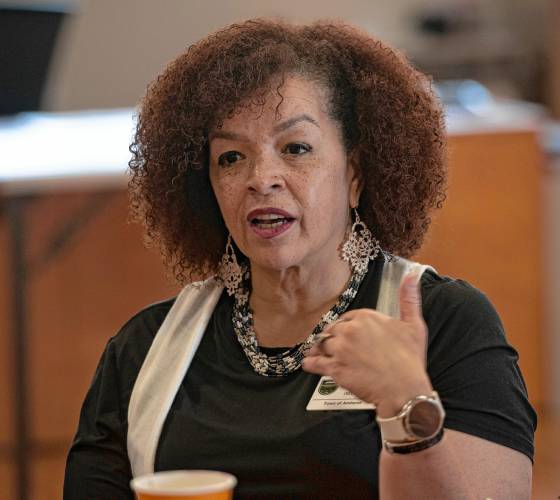
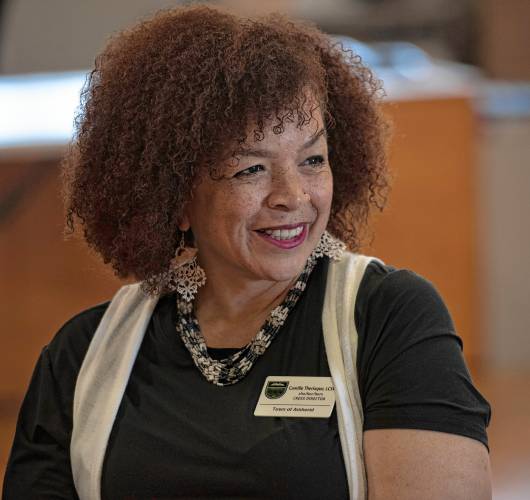
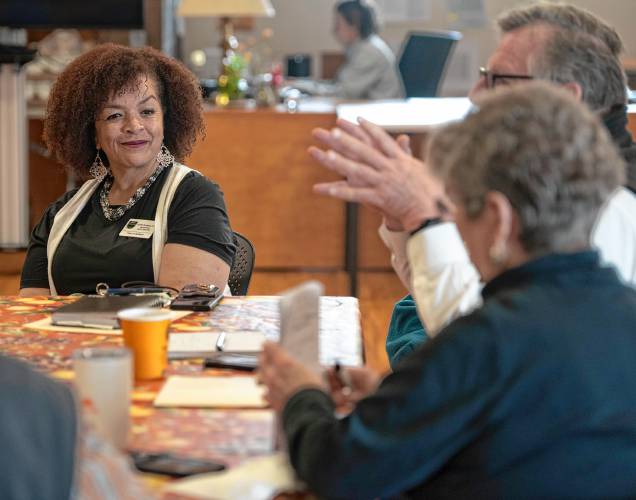






 Local ‘Hands Off!’ standouts planned as part of national effort
Local ‘Hands Off!’ standouts planned as part of national effort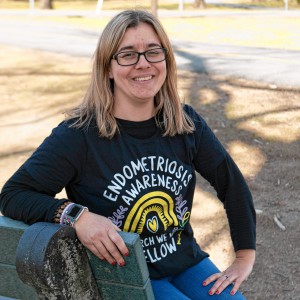 Sabadosa, Velis push for state endometriosis task force to raise awareness about little-known illness
Sabadosa, Velis push for state endometriosis task force to raise awareness about little-known illness  Around the Hamptons: Four candidates advance for Easthampton police chief
Around the Hamptons: Four candidates advance for Easthampton police chief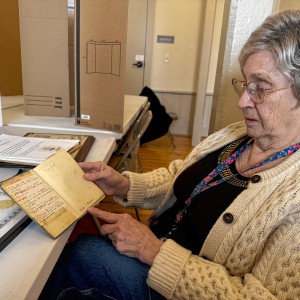 Having adapted over time, Whately Grange celebrating 85 years
Having adapted over time, Whately Grange celebrating 85 years
